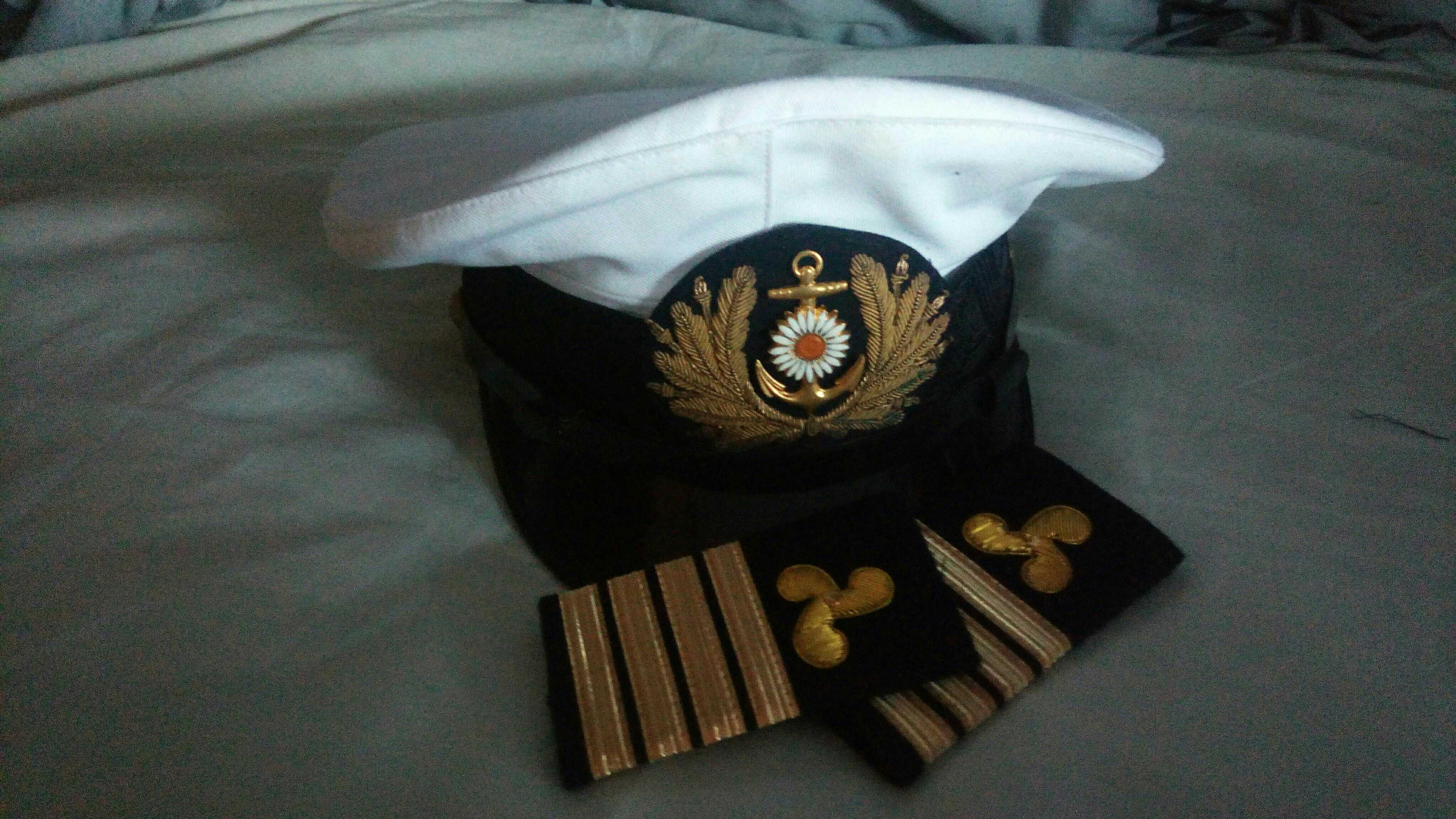Nautical Mile
Unarguably the best way to measure distance.
Nautical mile
A nautical mile is the standard unit for distance at sea. And also in the air, and maybe space? I don't know, I've never been there. But how long is it? A nautical mile, is a nautical mile. If you spent your life at sea, you better think in nautical miles, dream in nautical miles and eat .. no, not that. You'll have to stop converting nautical miles to some other inferior units.
But it is good that you know a nautical mile is defined as one minute of arc along the equator. And no that is not a minute in time, it's a minute in angle. As in 1/60 of a degree. In a postion that is often marked by a ', for example: 48°52.6′S 123°23.6′W
Conversion
But how does one nautical mile translate to land lubber numbers?
One (1) Nautical mile equals:
Subdivision
Cable
Ofcourse a nautical mile can be split up into smaller pieces, nothing is a whole mile away. And because sailors are special, they don't talk about things like zero decimal five miles, or half a mile. No, they have cables this one is not that difficult though, if you understand the metric system at least. There are ten cables in a nautical mile.
Fathom
For measuring distances cables are fine, but if you want to measure depth. You need something more precise, so we split the cable into a hundred pieces and we call one of those a fathom.
Shackle
Now, well a shackle is a length of chain of fifteen fathoms. When we drop the anchor, we drop it a certain number of shackles. And the chain is marked with a special coding system every shackle.
And now we have a PROBLEM!!
If you are an imperial measurement fan boy, you now have a problem. Because you know that a fathom is six feet. Therefore, there should be six thousand feet in a nautical mile, right? And above, I clearly have stated that there are seventy-six and a bit more feet in a nautical mile. The cause of this? History! Over the ages there have been a lot of different definitions and way of deciding the length of miles, both land and sea, feet, and any other means of measuring length over a short or long distance.
So a fathom derived down from a nautical mile is a different length than the fathom derived from a foot up. Hurray, which one is the one used on the chart to show the depth? Your guess is as best as mine. Your author is not a Hydrographer. But in reality it doesn't really matter, as when the sea gets shallower then five fathom, the scale is changed to feet.
A "nautical" fathom is now just 1,27% bigger than a "land" fathom, and nobody wants to fix it. Funny huh?
Speed
What is speed? Distance divided by time! So a nautical mile per hour? Oh no wrong answer! We call that knots! Because, you might have guessed it; history again! They used to measure the speed of boats by chucking a piece of wood overboard, with a rope tied to it. The rope had knots tied in it, and by letting the line pay out a set length of time. Your count of the knots was the speed. No, that line was not miles long, nor did they let it pay out for an hour. There were different standards, but one of it was to pay it out for half a minute. Measured by an hourglass. So the knots were 1/120 of a nautical mile apart to have a good reading. So a knot is a nautical mile per hour. There are no weird things going on there. And an hour on a boat is the same as an hour on the shore.
Abreviation
How do we shorten Nautical mile? Well there is options:
Simularly knot has two options:
For fathom there is one and it's quit logical:
But then for cable we got this:
Measured Nautical Mile
A measured nautical mile, is a stretch of water alongside land, used to measure speed of ships and other water craft. On the land are markers indicating the beginning and the end of the measured nautical mile. And the ship can sail along that, and measure their time. And with a known time and distance they can calculate their speed. This is often done by new ships to test their top speed.
Summary
1 nm = 10 cables
1 cable = 100 fathoms
1 shackle = 15 fathom
1 knot = 1 nm/h







"imperial measurement fan boy, you now have a problem" Perfection
hehehe :P